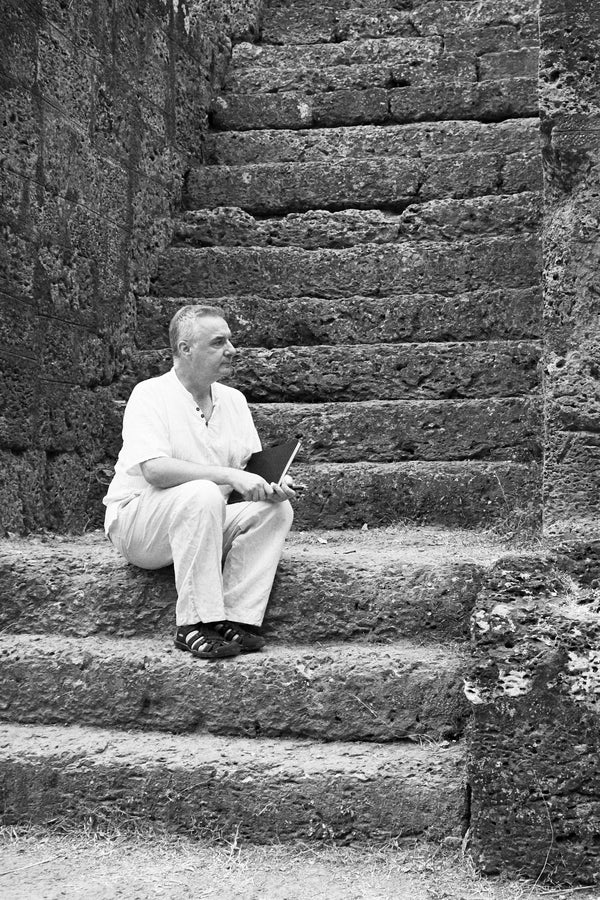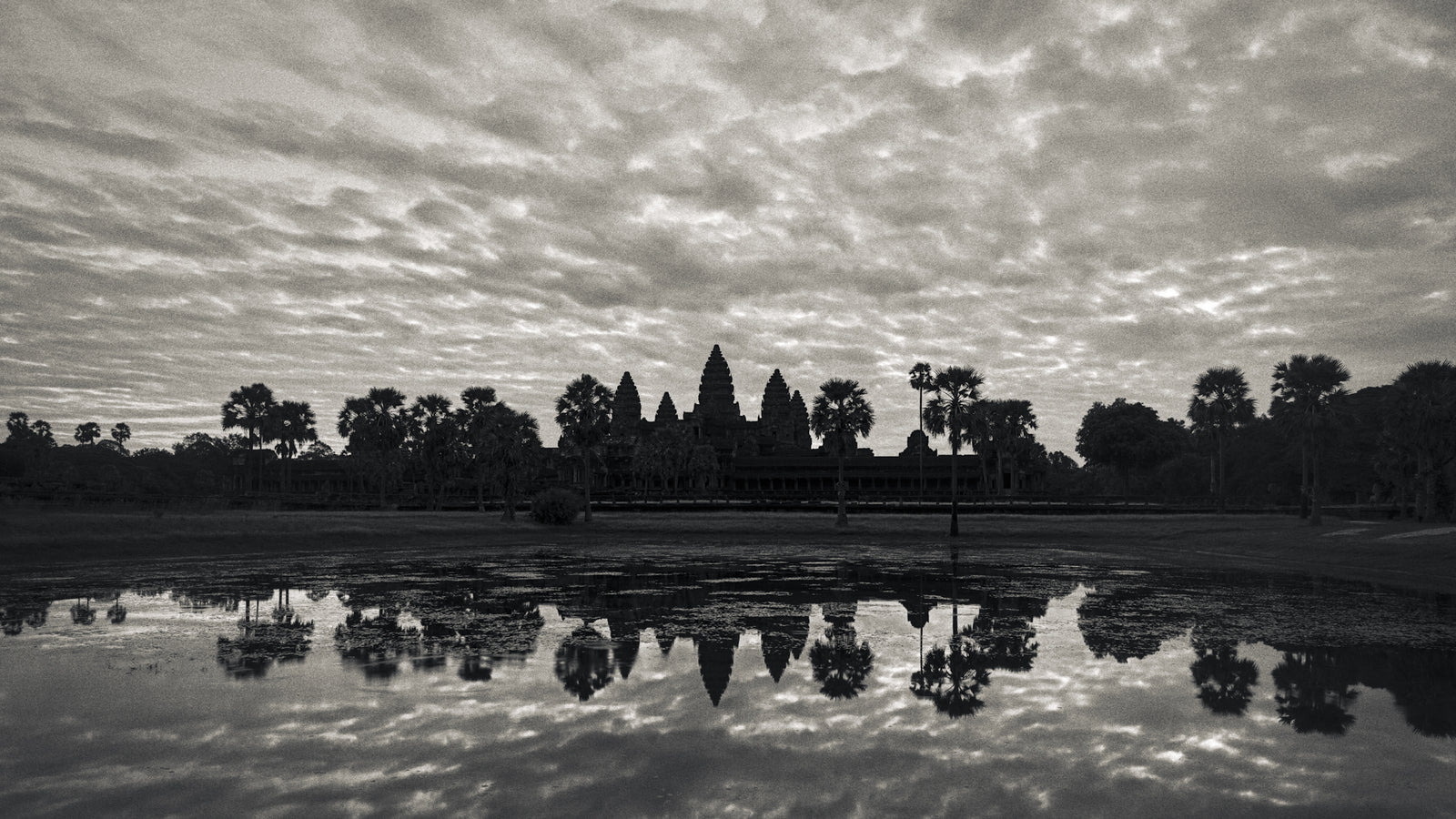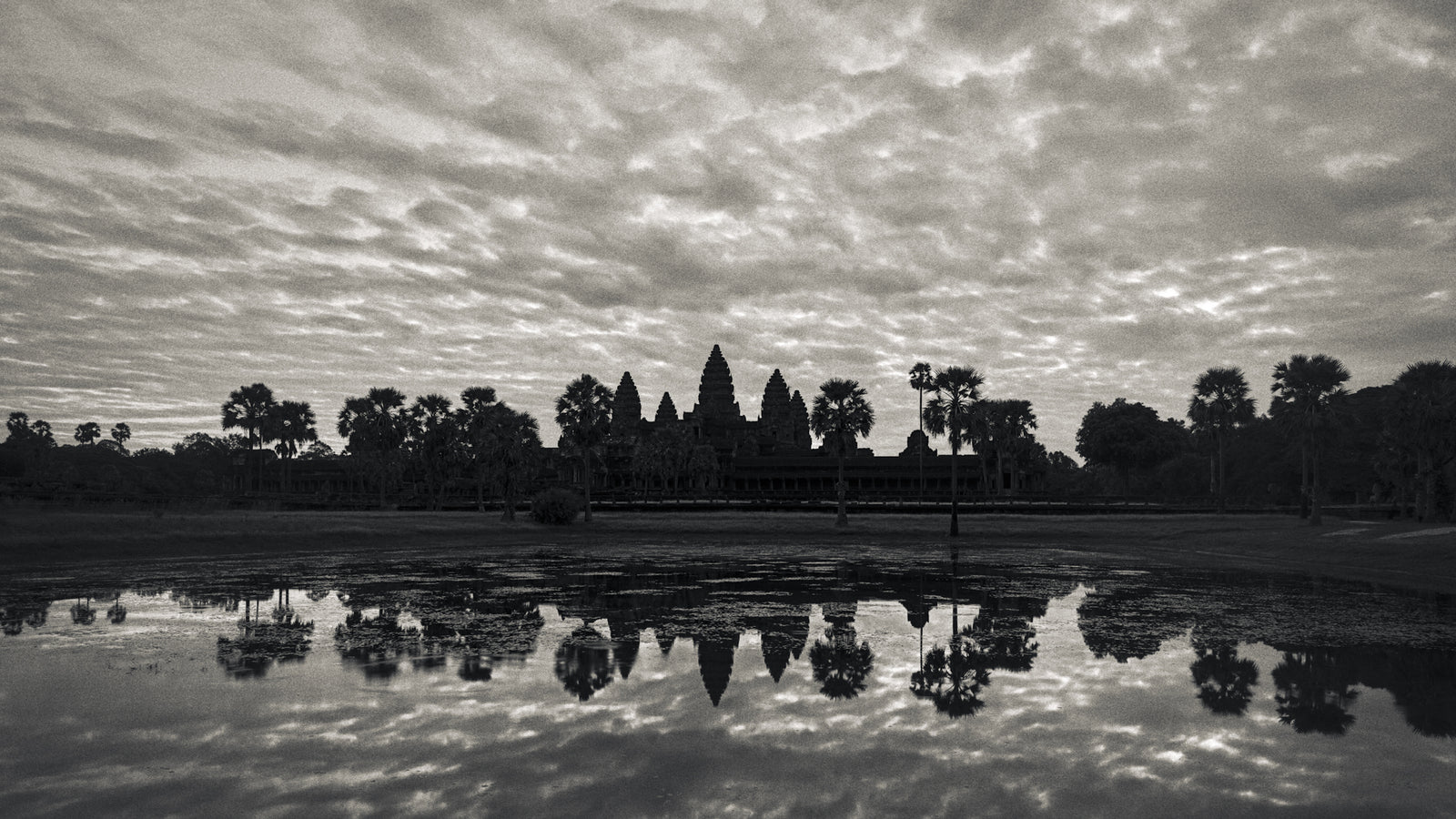Complimentary worldwide shipping on orders over $400 · No import tariffs for most countries
Complimentary worldwide shipping on orders over $400 · No import tariffs for most countries

Banteay Samre Temple
2 min read
| Date: | Mid 12th century |
| Style: | Angkor Wat |
| King: |
Suryavarman II (reign 1113 – 1150 CE) (?) Dharanindravarman II (reign 1150 – 1156 CE) Completed under Yashovarman II (reign 1156 – 1165 CE) Additions by Jayavarman VII |
| Cult: | Hindu (Vaishnava) and Mahayana Buddhist |
Banteay Samre (Khmer: ប្រាសាទបន្ទាយស្រី) is, in my opinion, Angkor’s hidden gem.
The name Banteay Samre means Citadel of the Samres, associating it with the Samre people who once lived in the area around Phnom Kulen.
Built in the mid-12th century, perhaps started under Suryavarman II, the builder of Angkor Wat Temple, but probably built under Dharanindravarman II. For my thoughts on who built this temple, see The Spirit of Banteay Samre Temple.
While Banteay Samre is generally not viewed as one of Angkor’s premier monuments, is the most important temple dating from this period after Angkor Wat. I believe its powerful architecture and deep-relief decoration are unrivalled for a small temple. It has a compact inner enclosure featuring a soaring tower with a curvilinear lotus-bud profile, and excellent deep-carved reliefs conveying narratives drawn from the Hindu epics, viewable at close range.
Reliefs decorating some of the pediments portray Buddhist scenes, added under Dharanindravarman II (reign 1150-1160), a fervent Buddhist. Unfortunately these were mostly erased during the Hindu reaction.
Please also see My Work at Banteay Samre Temple, and the in-depth articles about Banteay Samre Temple in My Journal.
Images of Banteay Samre
The image galleries below offer a guided tour of Banteay Samre temple, section by section, as laid out in this map:

- Eastern Gopura II ⧉
- Eastern Gopura I ⧉
- Mandapa ⧉
- Central Sanctuary ⧉
- Northern Library ⧉
- Southern Library ⧉
- Southern Gopura I ⧉
- Southern Gopura II ⧉
- Western Gopura I ⧉
- Western Gopura II ⧉
- Northern Gopura I ⧉
- Northern Gopura II ⧉
Master Image Gallery of Banteay Samre Temple, Angkor, Cambodia ⧉
Map of Banteay Samre
Also in Angkorpedia
Join My Studio Journal
Receive occasional letters from my studio in Siem Reap—offering a glimpse into my creative process, early access to new fine art prints, field notes from the temples of Angkor, exhibition announcements, and reflections on beauty, impermanence, and the spirit of place.
No noise. No clutter. Just quiet inspiration, delivered gently.
Subscribe and stay connected to the unfolding story.

Join My Studio Journal
Receive occasional letters from my studio in Siem Reap—offering a glimpse into my creative process, early access to new fine art prints, field notes from the temples of Angkor, exhibition announcements, and reflections on beauty, impermanence, and the spirit of place.
No noise. No clutter. Just quiet inspiration, delivered gently.
Subscribe and stay connected to the unfolding story.



